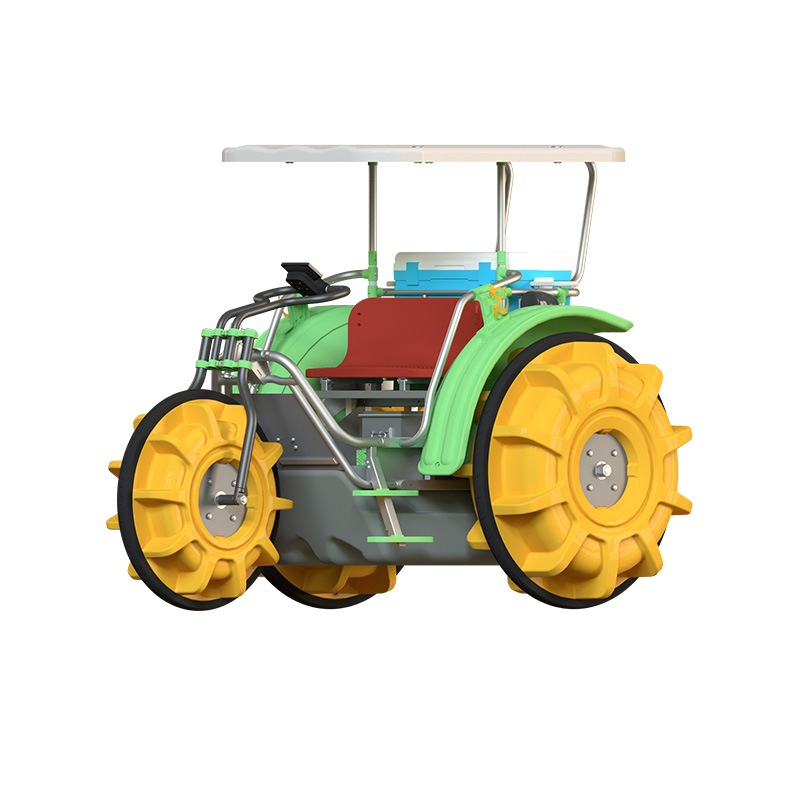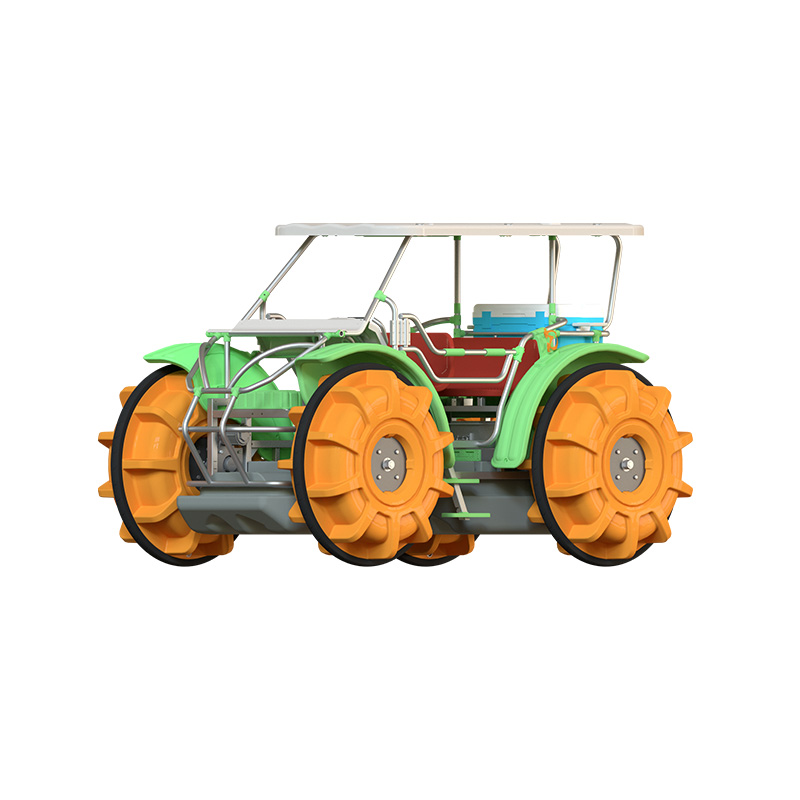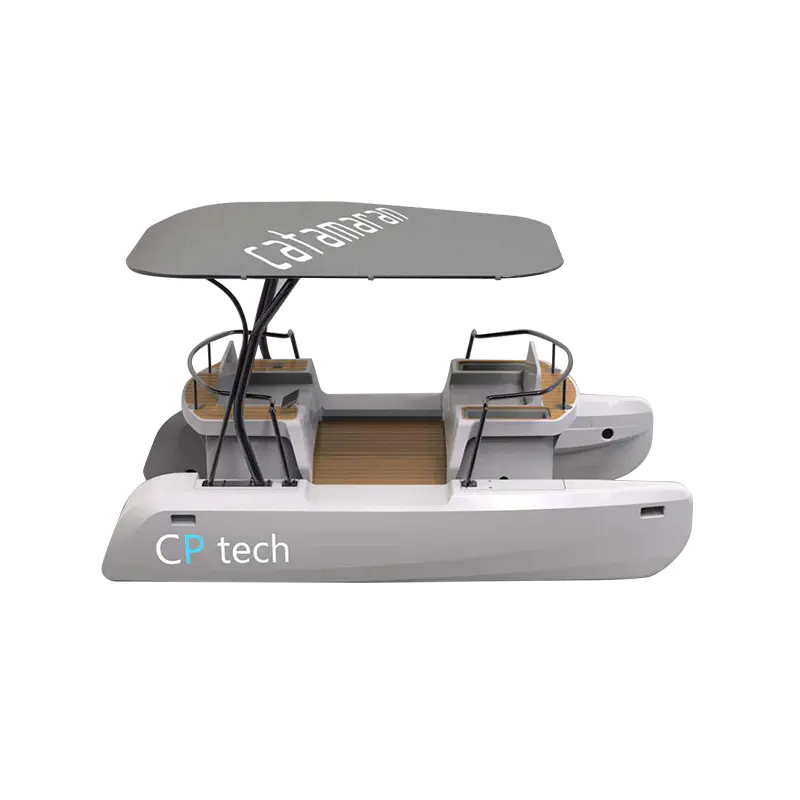What Challenges Do Manufacturers Face When Designing Electric Track Vehicles?
2025-06-06
Electric track vehicles are becoming an important part of the transportation and industrial landscape, offering an alternative to traditional combustion engine-powered machinery. These vehicles, which move on continuous tracks rather than wheels, are often used in construction, agriculture, and military applications. While the advantages of electric track vehicles are clear, manufacturers face several challenges when designing these specialized machines.
One of the primary challenges in creating an electric track vehicle is managing the power supply and energy efficiency. Compared to wheeled electric vehicles, track systems often require more energy due to the increased surface contact and friction. Ensuring that the electric track vehicle has a battery system capable of delivering sufficient power without excessive weight is critical. Batteries need to balance capacity, weight, and charging time, all while fitting into the compact and often rugged structure of the vehicle.
Another significant challenge is the durability of the track system itself. Tracks must endure rough terrain, heavy loads, and variable weather conditions. When paired with electric drive systems, the durability of components such as motors, gears, and tracks becomes essential. The electric components must be sealed and protected against dust, water, and impact, which can add complexity to the design of an electric track vehicle.

Thermal management is also a concern in electric track vehicles. Electric motors and battery packs generate heat during operation, which needs to be dissipated to avoid damage or reduced performance. Designing an effective cooling system that works well in confined spaces and harsh environments is a challenge manufacturers often face. This is especially true for electric track vehicles that operate in dusty or muddy conditions where conventional cooling methods might be less effective.
Control and maneuverability present further obstacles. Electric track vehicles often operate in environments where precise movements are necessary. Designing control systems that allow smooth acceleration, braking, and turning requires advanced electronics and software integration. The control mechanisms must also be reliable under varying conditions, ensuring safety and efficiency.
Weight distribution is another design factor that impacts performance. Electric track vehicles must balance the weight of batteries and motors evenly across the chassis to maintain stability and traction. Uneven weight distribution can cause faster wear of the tracks or reduced vehicle control, so manufacturers need to carefully consider the placement of components within the vehicle frame.
Additionally, the manufacturing cost and scalability of electric track vehicles present challenges. Producing specialized electric components and integrating them with track systems can be more expensive than traditional setups. Manufacturers must find ways to reduce costs without compromising quality or performance, especially if these vehicles are intended for broader markets.
Regulatory compliance and safety standards require attention. Electric track vehicles may be subject to various regulations depending on their use and region. Manufacturers must ensure that these vehicles meet emissions standards, electrical safety codes, and operational guidelines, which can vary widely.
In conclusion, while electric track vehicles offer several benefits, including lower emissions and quieter operation, manufacturers face multiple design challenges. Balancing power management, durability, thermal control, maneuverability, weight distribution, cost, and safety all play a role in shaping the final product. Overcoming these challenges requires careful engineering and innovation to produce electric track vehicles that meet the demands of their users.

 English
English  русский
русский  عربى
عربى 








